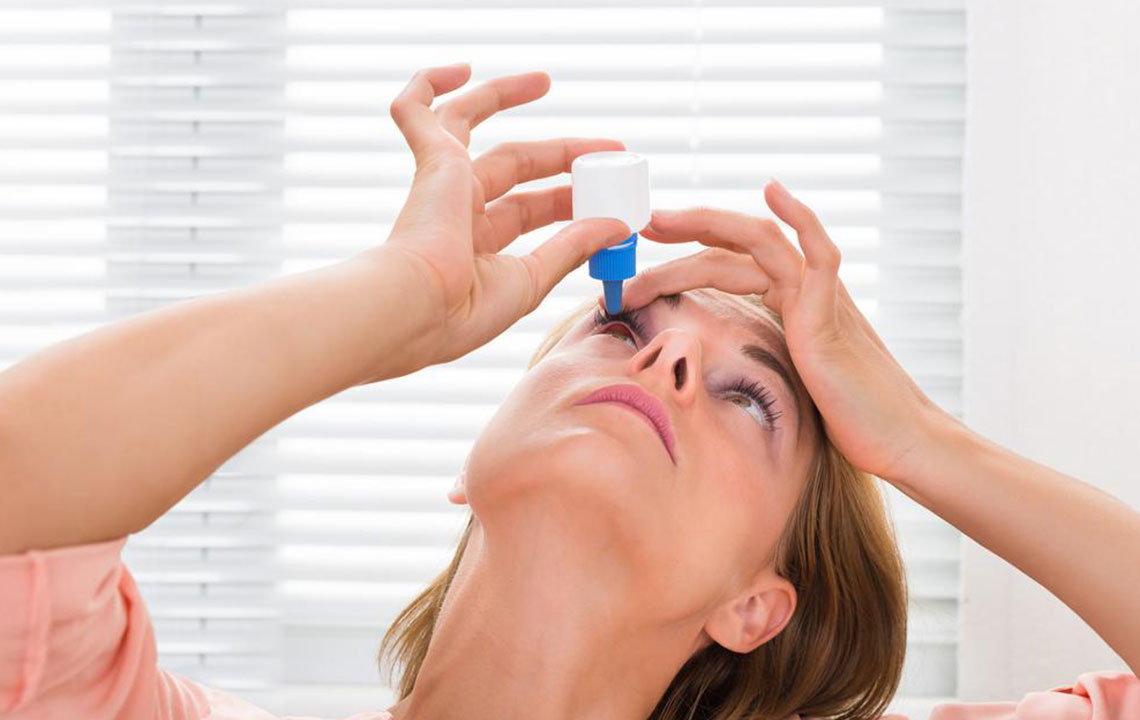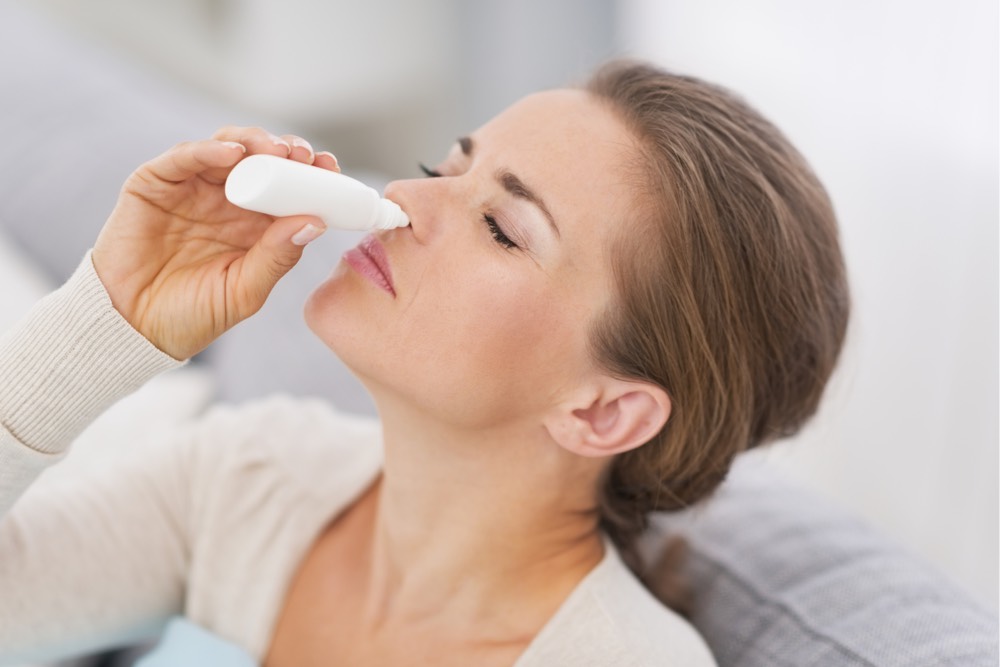Comprehensive Guide to Dry Eye Syndrome: Symptoms, Causes, Diagnosis, and Effective Treatments
This comprehensive guide explores dry eye syndrome, covering its symptoms, causes, diagnostic methods, and various treatment options. Recognizing early signs and understanding underlying factors are key to effective management and maintaining healthy eyes. From lifestyle changes to advanced therapies, readers will gain valuable insights into preventing and alleviating dry eye discomfort, ensuring better eye health and improved quality of life.

Comprehensive Guide to Dry Eye Syndrome: Symptoms, Causes, Diagnosis, and Effective Treatments
Dry eye syndrome, medically known as keratoconjunctivitis sicca, is a widespread ocular condition that affects millions worldwide. It occurs when the eyes fail to produce sufficient tears or when the tears evaporate too quickly, leading to discomfort, visual disturbances, and potential eye health complications. Although this condition cannot be completely cured, understanding its causes, symptoms, and available treatment options can significantly improve quality of life for sufferers.
Recognizing the Symptoms of Dry Eye Syndrome
Many individuals with dry eye experience a variety of symptoms that can range from mild discomfort to severe pain and visual impairment. Symptoms often worsen after prolonged screen exposure, in dry or air-conditioned environments, or during changes in weather conditions. Both eyes are usually affected, although some patients may notice symptoms more in one eye.
Persistent burning, stinging, or gritty sensation in the eyes
Unusual tearing or watery eyes, which is a reflex response to irritation
Heightened sensitivity to light and glare
Redness and inflammation of the conjunctiva
Sticky mucus or crusting around the eyelids
Intermittent blurred vision
Difficulty seeing clearly in low-light conditions, such as nighttime driving
Problems wearing contact lenses comfortably
If these symptoms persist or worsen, it is critical to consult an eye care professional promptly to prevent potential complications.
Understanding the Causes of Dry Eye Syndrome
The human tear film is essential for maintaining ocular health, providing lubrication, nourishment, and protection against infection. Tear production involves a complex interaction of three layers: oil, water, and mucus. Disruption in any of these components can lead to dry eye symptoms.
Key causes of dry eye include:
Reduced Tear Production: Aging plays a significant role; as individuals age, tear glands often become less efficient. Conditions like autoimmune diseases such as Sjogren’s syndrome, rheumatoid arthritis, lupus, thyroid disorders, or vitamin A deficiency can impair tear secretion. Damage to tear-producing glands from inflammation or radiation therapy is also a common culprit.
Increased Tear Evaporation: Conditions causing rapid tear evaporation include environmental factors such as dry, windy, or smoky air, prolonged screen time leading to decreased blinking, and eyelid abnormalities like ectropion or entropion that disrupt tear distribution.
Imbalance in Tear Composition: Obstructions or dysfunction of the meibomian glands, which produce the oil layer of tears, can lead to increased evaporation and dryness. Hormonal changes, notably during pregnancy or menopause, can also influence tear quality and quantity.
Other contributing factors include the use of certain medications such as antihistamines, decongestants, antidepressants, blood pressure medications, and contraceptives, which can reduce tear production or alter tear film stability. Post-laser eye surgeries and wearing contact lenses for extended periods are additional risk factors.
Who Is at Risk?
Tear production naturally diminishes with age, especially after age 50. Women are more susceptible due to hormonal fluctuations related to pregnancy, menopause, or hormonal therapies. Vitamin A deficiency, common in developing regions, also increases risk. Contact lens wearers frequently experience dry eye symptoms due to mechanical irritation and tear film disruption. If left untreated, chronic dry eye can lead to serious complications such as corneal infections, scarring, or even vision loss.
Diagnosing Dry Eye Syndrome
Accurate diagnosis is crucial for effective management. An ophthalmologist will conduct a comprehensive eye examination, including various specialized tests:
Schirmer Test: Measures tear production by placing a special strip of paper under the lower eyelid to see how much moisture accumulates over a fixed period.
Tear Break-Up Time (TBUT): Assesses tear film stability by applying a dye and observing how quickly tears break apart on the eye surface.
Ocular Surface Staining: Using dyes like fluorescein, rose Bengal, or lissamine green to identify damaged cells on the cornea and conjunctiva.
Tear Osmolarity Testing: Evaluates the salt concentration of tears, which is often elevated in dry eye cases.
Meibography: Imaging of the meibomian (oil) glands to assess their health and function.
These diagnostic tools help determine the primary cause of dry eye and guide personalized treatment strategies.Effective Treatment and Management Options
While dry eye is a chronic condition, multiple treatment options can alleviate symptoms and improve eye comfort. The choice depends on the severity, underlying causes, and patient lifestyle.
Conservative Measures
For mild cases, non-prescription strategies often provide sufficient relief:
Using artificial tears or lubricating eye drops throughout the day to supplement natural tears
Applying warm compresses to the eyelids to promote gland health and improve oil secretion
Practicing good eyelid hygiene, especially for blepharitis-related dry eye
Increasing blinking frequency during screen use to distribute tears better
Avoiding environmental irritants like smoke, wind, and dry air
Using humidifiers in living and working spaces
Wearing wraparound sunglasses to protect against wind and UV exposure
Medicinal and Procedural Treatments
Moderate to severe cases often require medical interventions:
Anti-inflammatory eye drops: Such as corticosteroids for short-term relief or preservative-free artificial tears with anti-inflammatory properties.
Cyclosporine eye drops: Prescription medication (e.g., Restasis or Cequa) to increase tear production by reducing inflammation.
Lifitegrast: An alternative prescription eye drop that inhibits inflammation pathways.
Tear duct plugs: Micro-surgical procedures to block tear drainage and retain moisture on the eye surface.
Autologous blood-derived tears: Using the patient’s own blood serum in eye drops for severe cases unresponsive to other treatments.
Light Therapy and Blepharoplasty: Techniques to improve meibomian gland function and eyelid health.
Emerging and Advanced Therapies
Research continues to improve dry eye management, including the development of new ocular inserts, gene therapies, and novel drug delivery systems.
Preventive Measures and Lifestyle Tips
Preventing dry eye from worsening involves lifestyle modifications and routine eye care:
Avoid environments with excessive wind, dust, or smoke.
Position screens below eye level, and follow the 20-20-20 rule—every 20 minutes, look at something 20 feet away for at least 20 seconds.
Take regular breaks during prolonged visual tasks.
Maintain adequate hydration and a diet rich in omega-3 fatty acids.
Wear protective eyewear when outdoors.
Schedule regular eye exams to monitor and address changes early.
Proactive eye care and timely treatment are essential to preserving eye health and preventing dry eye complications.





